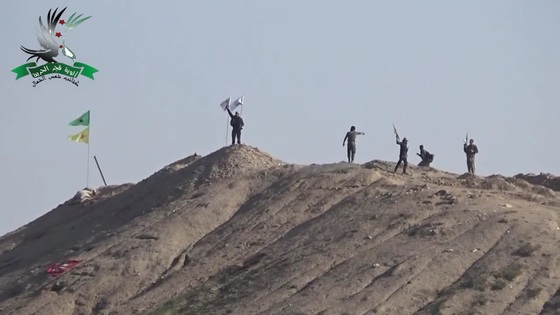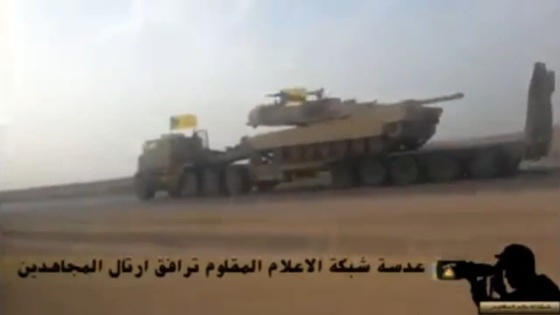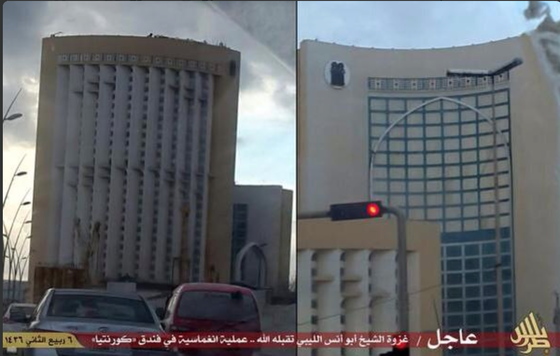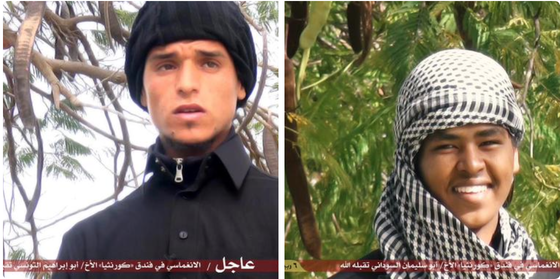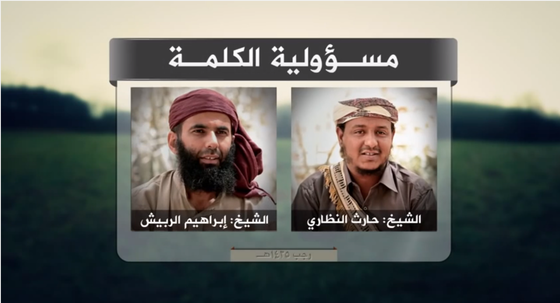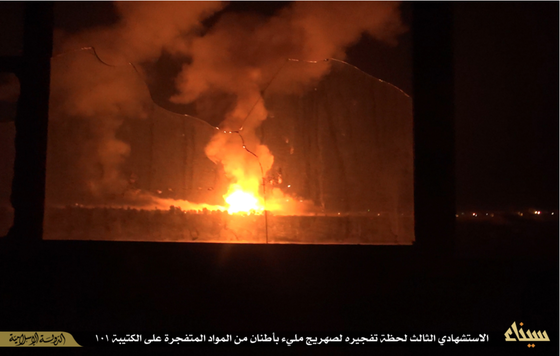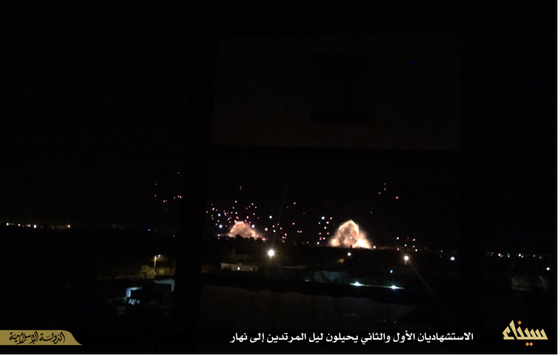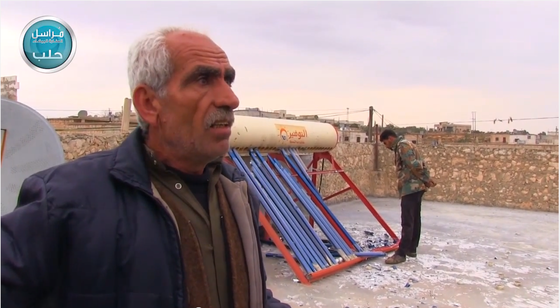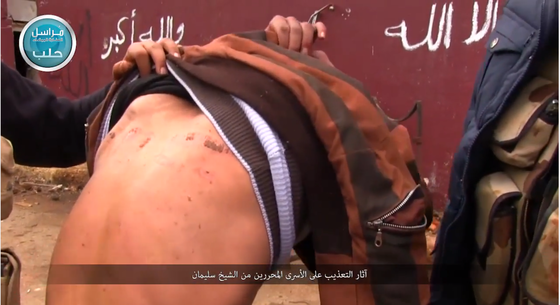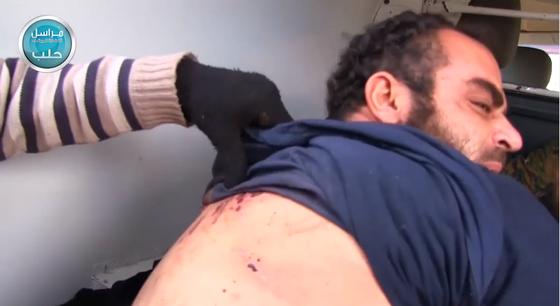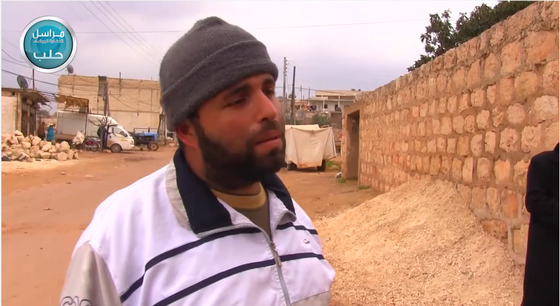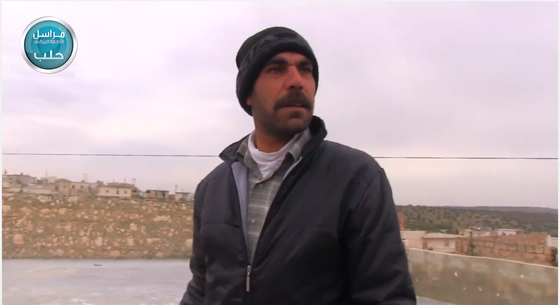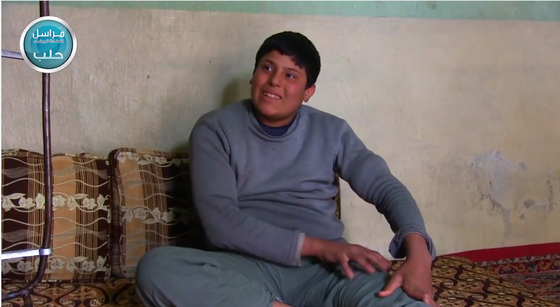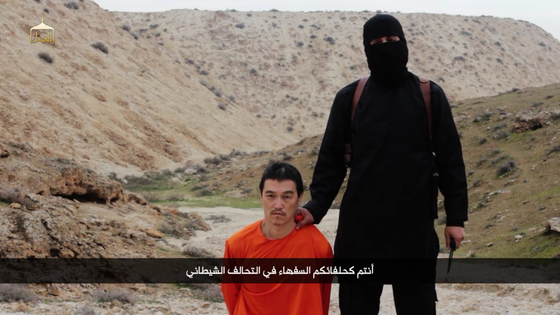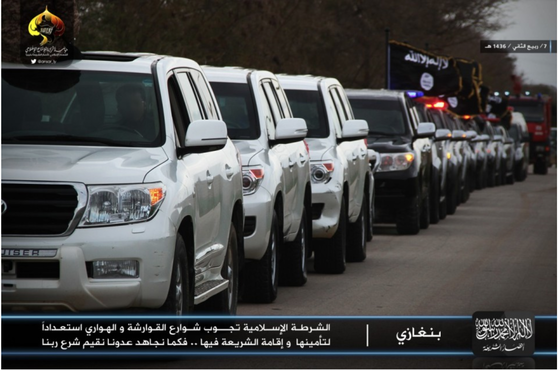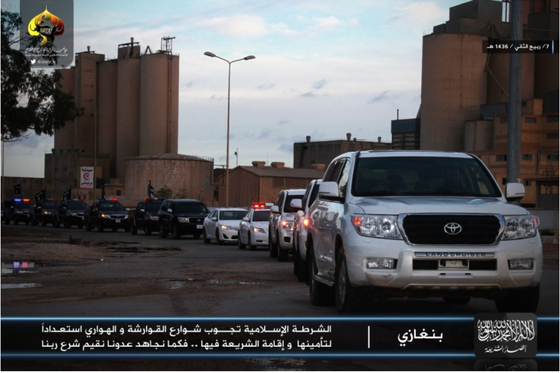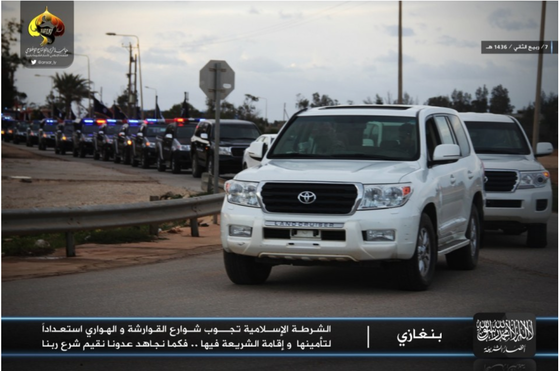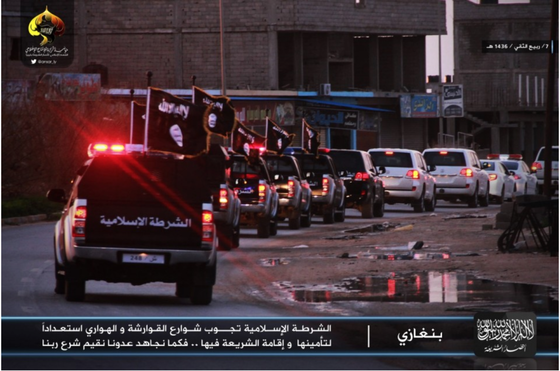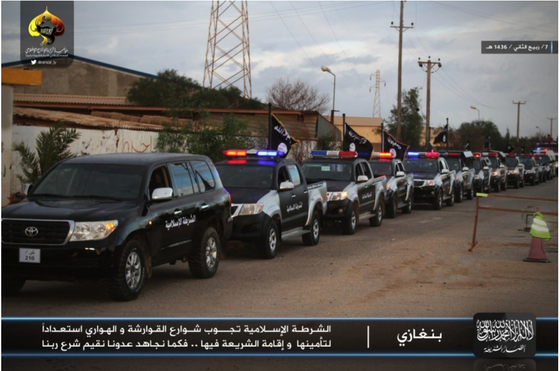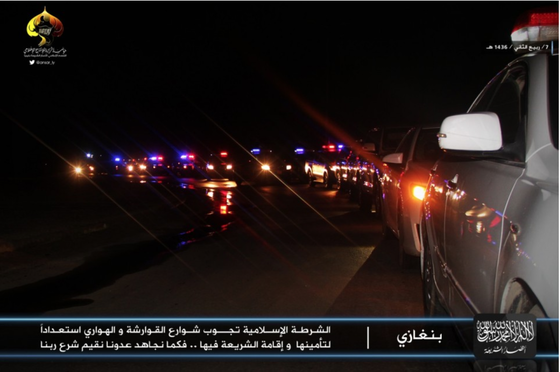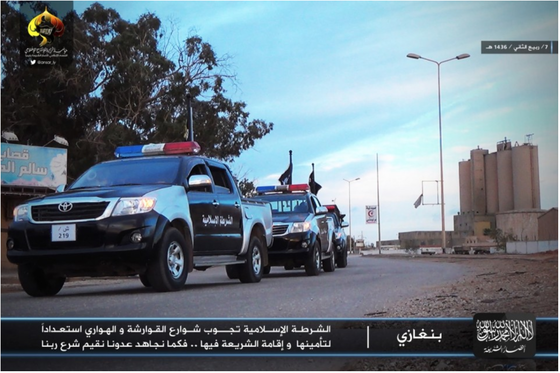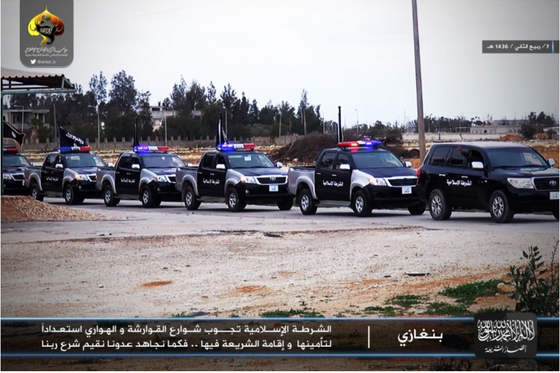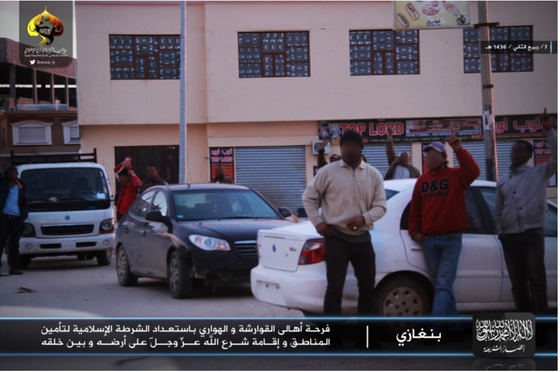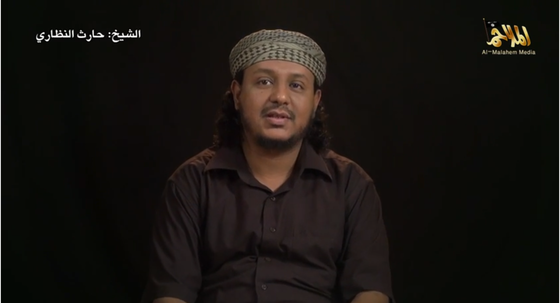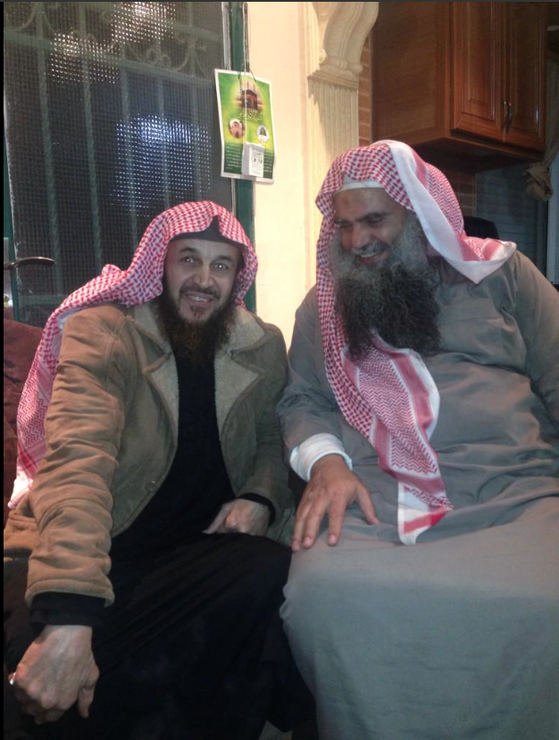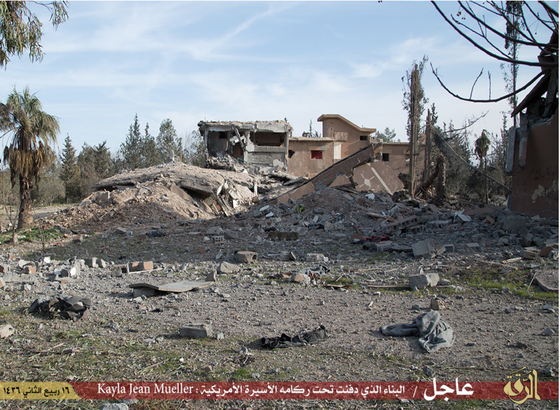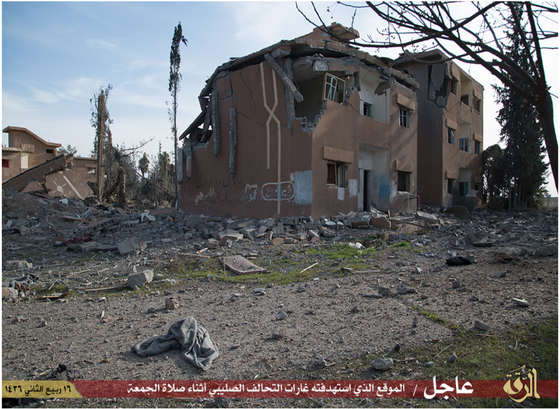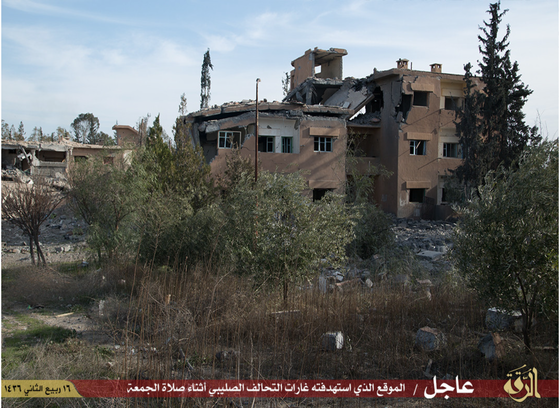The Kurdish People's Protection Units (YPG) and elements from the Western-backed Free Syrian Army (FSA) have driven the Islamic State out of the battleground city of Kobane in northern Syria.
After beginning an assault on the city in September of last year, Islamic State fighters were forced to retreat after a continued campaign of resistance by the YPG, backed by elements of the Free Syrian Army and US airstrikes. Kurdish fighters from the Kurdistan Workers Party (PKK), a US-designated terrorist organization to which the YPG is affiliated, and fighters from the Iraqi Peshmerga also assisted YPG forces in Kobane.
In a statement released by the YPG, the organization said "For 134 days, our fighters of the People's Defense Units (YPG)/Women's Defense Units (YPJ), men and women of Kurdistan, lovers of freedom from four parts of Kurdistan and other countries, came to a heavy battle, and conducted a great resistance against Daesh's [a term for the Islamic State] terrorism."
The YPG continued by thanking those who fought with them, saying, "At first we are grateful to our people in Kurdistan who relentlessly supported the resistance, especially our people in Bakur (North Kurdistan). We would like to thank the members of the Anti-Daesh International Coalition who contributed an active support with airstrikes. We thank the Burkan al Furat joint operations room and those brigades of the Free Syrian Army who fought shoulder to shoulder with our forces. We repeat our thanks to our Peshmerga brothers who were of a great support to us in this battle."
The Burkan al Furat is an alliance of YPG forces, elements of the Free Syrian Army, and elements from the Islamic Front which formed to fight the Islamic State in northern Aleppo province. The Islamic Front is a coalition of Islamist and jihadist groups that is closely allied with the Al Nusrah Front, al Qaeda's official branch in Syria.
US Central Command (CENTCOM), which backed the forces fighting the Islamic State in Kobane with airstrikes, made clear that the fight in the area is still not decided.
"While the fight against ISIL [Islamic State] is far from over," CENTCOM said, "ISIL's failure in Kobani has denied them one of their strategic objectives." CENTCOM also makes clear that around 90 percent of the city is cleared of Islamic State fighters. While anti-Islamic State forces are largely in control of the city, the Islamic State still controls a good portion of the countryside outside the city.
A now deleted YouTube video uploaded by 'Amaq News,' an unofficial Islamic State propaganda outlet, proclaimed to show the Islamic State still controlling the Aleppo road into Kobane as of Jan. 25. So far, no other propaganda has been released by the Islamic State about the situation in Kobane.
Kobane central to Islamic State and Coalition's information campaigns
The Islamic State made its push to take control of Kobane in September. An Islamic State military force, which included tanks, armored vehicles, artillery, and infantry, began moving on villages (more than 350) surrounding Kobane. By the beginning of October, the villages were under Islamic State control and Kobane was surrounded from three sides; the fourth side borders Turkey, and it was sealed.
The US and allied forces began launching airstrikes in Kobane on Sept. 27, 2014. The targets of the air campaign included armored vehicles, troop concentrations, fighting positions, ammunition dumps, command, control, and communications centers, and training facilities. Despite the air campaign, the Islamic State advanced into Kobane in the beginning of October.
By mid-October, more than one third of Kobane was under Islamic State control and fighters had advanced to the city center.
FSA and Peshmerga reinforcements began arriving via Turkey by the end of October. By mid-November, the YPG and its allies launched their counteroffensive, and retook the city center. On Jan. 23, after more than two months of heavy fighting, the YPG controlled 70 percent of Kobane and forced the Islamic State to withdraw the bulk of its forces from the city.
Both the Islamic State and the US-led Coalition have invested significant resources during the battle for the Kurdish enclave. The town, while of little strategic significance, came to symbolize the Coalition's fight against the Islamic State in Syria.
The US-led Coalition has launched 606 airstrikes on the Islamic State in Kobane between Sept. 27, 2014 and Jan. 20, 2015, according to data compiled by The Long War Journal and Military Edge. That represents more than 71 percent of the total number of coalition airstrikes in Syria during that timeframe.
The Islamic State has also emphasized the fight in Kobane. In the past the jihadist group has been keen to promote its successes in the area. The Islamic State has even used John Cantlie, a captured British reporter, to counter claims that it was losing ground in October 2014. [See LWJ report, Islamic State uses British hostage in propaganda video to rebut Western, Kurdish claims.]
The Islamic State has also poured significant resources into Kobane. While no official estimate of the number of its fighters killed has been provided, it is likely in the hundreds based on press reporting. And the Islamic State has also lost some key local commanders during the fighting, including two Saudis known as Sultan al Safri al Harbi and Sheikh Othman al Nazeh.
US Central Command press releases also indicate that scores of Islamic State tanks, armored vehicles, and artillery pieces were destroyed during the fighting.
It is unclear what the impact of the loss of Kobane will have on the Islamic State. The jihadist group has made advances in other areas of Syria and in Anbar province, Iraq during the battle near the Turkish border, indicating that despite taking casualties and the destruction of a number of its armored vehicles, the group has not spent its entire force and can remain on the offensive elsewhere.
Videos from Kobane
Video showing Kurdish forces celebrating in Kobane:
Another video showing Kurdish forces celebrating in Kobane:
Video showing the FSA group Dawn of Freedom Brigade celebrating with Kurdish forces:
Video showing the YPG flag flying over Kobane:
